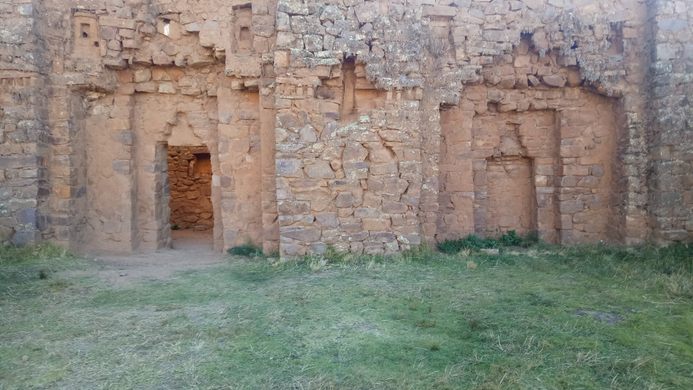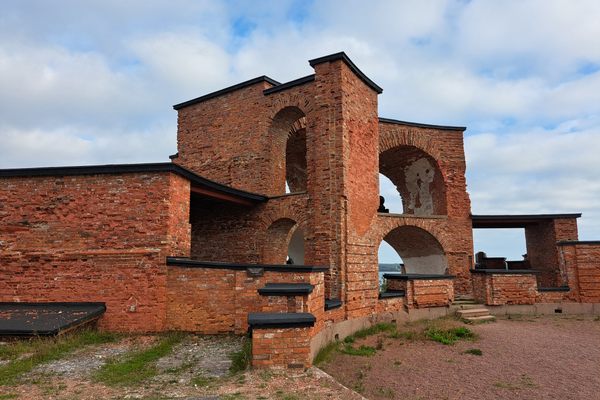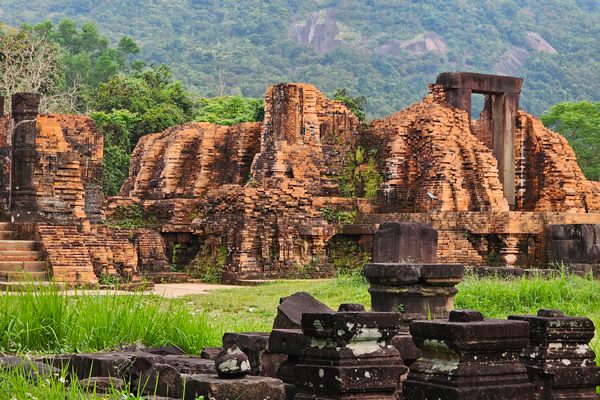Iñaq Uyu (House of the Virgins of the Sun)
An ancient Incan convent on Lake Titicaca's Island of the Moon.
Before the Inca Empire was destroyed by civil war, smallpox, and a Spaniard named Francisco Pizarro, it was South America’s largest empire, stretching along the west of the continent and encompassing about 10 million people. Many of its walls, building foundations, farm terraces, and interconnected system of roads and canals are still in use today.
According to their origin myth, the first Incas, Manco Capac, son of the Sun god Inti and his sister/wife Mama Ocllo, daughter of the Moon, left Lake Titicaca in search of a place to found their empire. On the Island of the Moon, a small island in this sacred lake, the Incas later founded a “convent” (also called Iñakuyu) of virgins.
The most favored of these virgins learned ceremonial rites to prepare them to marry Inti (although this, unfortunately, required that they give up their life on Earth). The lesser virgins at the temple were taught domestic skills such as planting, spinning, weaving, and medicine. Once they mastered their skills, the educated women traveled to other communities in the empire to share knowledge and solidify the Incan culture.
The partially restored ruins of the temple overlook the lake with the Andes Mountains in the distance and ancient farm terraces covering the surrounding hills. Prominent in the walls of the ruins is the Chakana, or Inca Cross.
Know Before You Go
You can take a boat to the island and spend the night at one of a few hostels there, enabling you to have the ruins to yourself in the evening and at dawn. You can find a tour boat to the island at Copacabana, Bolivia. Locals still use the ruins to hold celestial ceremonies, so please be respectful.















Follow us on Twitter to get the latest on the world's hidden wonders.
Like us on Facebook to get the latest on the world's hidden wonders.
Follow us on Twitter Like us on Facebook